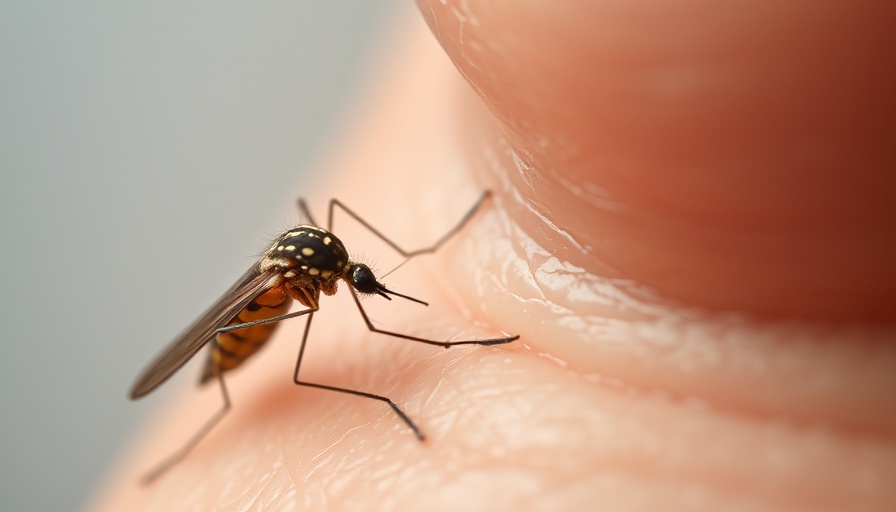
The Overlooked Consequences of Incarceration
As more studies emerge, it is becoming increasingly clear that the ramifications of incarceration extend far beyond prison bars and cell walls. A groundbreaking study published in JAMA Network Open reveals that individuals who serve time in jail are 39% more likely to die compared to their peers who remain free. This alarming statistic raises a significant public health concern, particularly relating to how incarceration affects not just the individual, but the community as a whole.
Community Impact: A Ripple Effect on Health
The research indicates that communities with higher incarceration rates witness elevated overall death rates, irrespective of whether individual residents have been incarcerated. An eye-opening statistic shows that for every 10% increase in a county’s jail population, there are around 5 additional deaths per 100,000 residents. Such findings underscore the importance of viewing incarceration as a public health issue rather than merely a criminal justice concern.
The Vulnerable Groups Most Affected
Those most susceptible to the dangers of incarceration include younger individuals, particularly men and people of color, along with those who have lower levels of education and income. These demographics experience higher incarceration rates and are thus disproportionately affected by the consequences it entails. This trend not only contributes to personal health crises but also entrenches systemic inequalities within society.
Health Risks Post-Incarceration
Individuals released from jail face numerous challenges in accessing healthcare, creating a perilous path upon their return to society. After their release, former inmates are at heightened risk for drug overdose, especially in the critical two weeks following their return. This situation is exacerbated by the fact that prisoners often have pre-existing health conditions ranging from chronic diseases to infectious diseases at significantly higher rates than the general population.
Path Forward: Improving Community Health Services
The lead researcher, Dr. Utsha Khatri, emphasizes the necessity of enhancing healthcare services in areas with high incarceration rates. Introducing community-based primary care could significantly reduce mortality rates and simultaneously tackle the structural health disparities fueled by a high incidence of incarceration. Strengthening these health services is crucial, as it could provide a lifeline to vulnerable populations facing health crises.
Call to Action: Advocate for Change
The findings from this study compel us to recognize the broader implications of incarceration on health. Addressing these issues requires collective advocacy for systemic change and improved health services. Understanding these risks and advocating for healthcare policies that safeguard our communities is essential in transforming public health outcomes. Contact us for more details on how you can get involved and make a difference.
 Add Row
Add Row  Add
Add 




Write A Comment